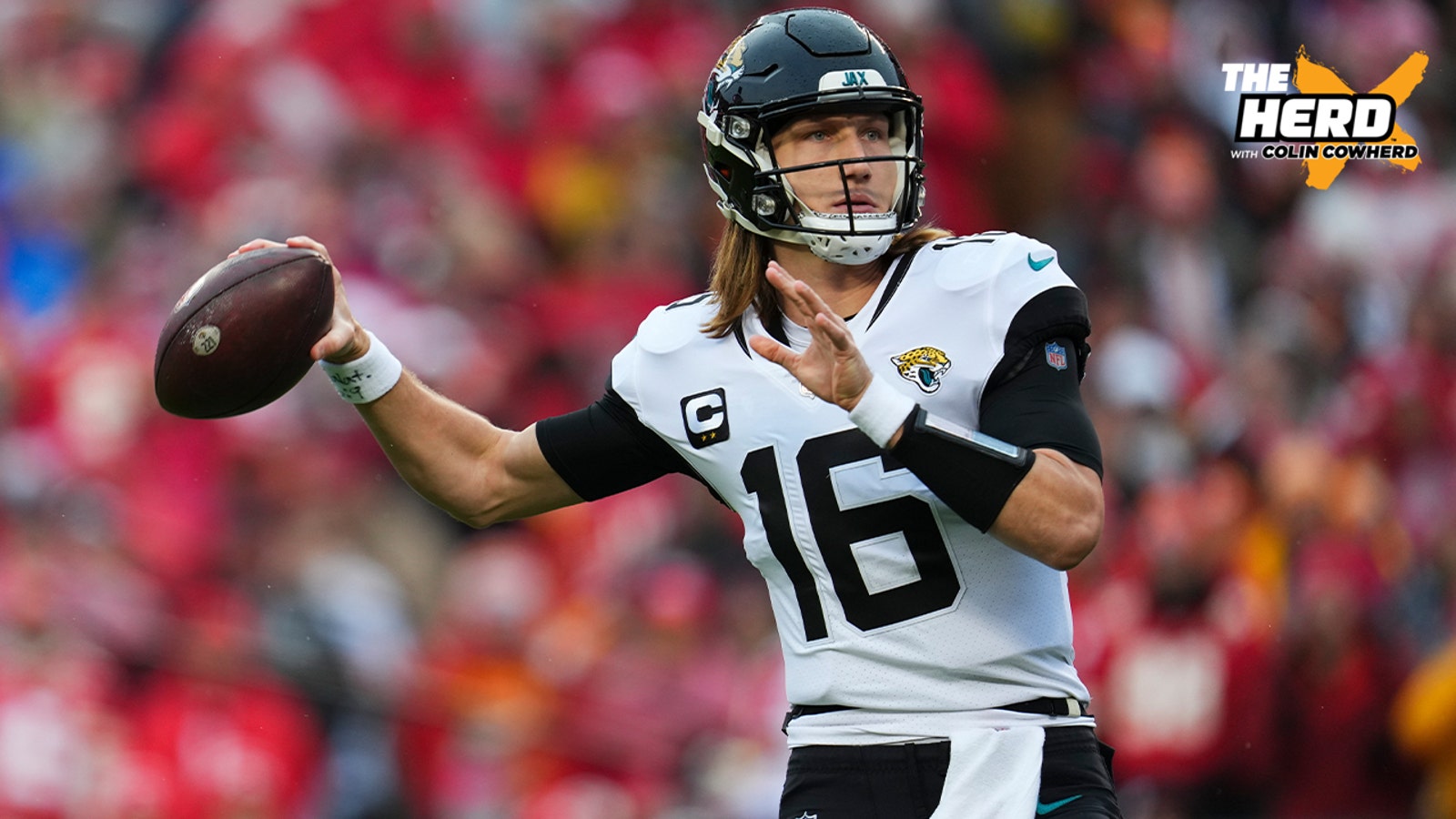“We’re talking about practice!”
Somewhere there are a handful of NFL veterans tweeting Allen Iverson’s famous rant to answer those questioning their whereabouts at the “voluntary” organized team activities (OTAs) that are taking place across the league. The NBA Hall of Famer’s legendary dismissal of the importance of practice has been the subject of debates in NFL locker rooms and front offices for years.
Despite what you have heard, practice is everything in the NFL. As a former player, I know how much the monotonous work between the lines can help a player refine his skills. After entering the league in 1994 as a wide receiver, I moved to defensive back at the urging of the coaches and scouts of the Green Bay Packers two years later.
Without an offseason full of practice sessions dedicated to skill development and schematic mastery, I would not have extended my career as a kickoff returner-defensive back for the Packers, Jacksonville Jaguars, Kansas City Chiefs and Oakland Raiders. The countless repetitions throughout the individual and team periods during the offseason under the guidance and direction of coaches were essential to helping me develop the requisite skills to excel in the preseason and regular-season games.
Moreover, the extra practice sessions enabled me to take reps that were typically reserved for the established starters or key veteran backups. Given the impact and importance of player development on the success of teams, you can see why coaches, scouts and front-office executives want 100 percent attendance at offseason workouts.
In 2019, my former coach and two-time Super Bowl champion Tom Coughlin discussed the importance of offseason workouts while serving as the Jaguars’ executive vice president.
“Quite frankly, our players should be here building the concept of team, working hard side by side, constructing our bond of togetherness, formulating our collective priorities and goals,” Coughlin said. “Success in the NFL demands struggle. Those who have everything given to them become lazy, selfish and insensitive to the real values of team. The hard work that many try to avoid is the major building block for the development of an outstanding football team. It’s not about rights and privileges. It’s about obligations and responsibility, and the question is: Can we count on you?”
While the NFLPA admonished Coughlin for his comments on “voluntary” workouts, he’s onto something when he points out the importance of living out the values of commitment, accountability and trust when building a team. The players must work together to develop the chemistry and connectivity needed to win at the highest level, and that can only be accomplished by spending more time together on and off the field.
The offseason program allows players to refine their skills individually and collectively between the lines, while also forging strong bonds as teammates away from the field.
Los Angeles Chargers coach Brandon Staley cited the importance of his players attending offseason workouts on the first day of OTAs.
“It was great to be back with the guys,” said Staley. “With the young guys, [we get to] establish how you practice and work on your technique.”
The third-year head coach also pointed out the impact of veterans being in attendance and how they set a positive example for the younger players with their participation. Four-time Pro Bowler Joey Bosa, who last year skipped OTAs, cut short his workouts in Florida with his brother, 49ers edge rusher Nick Bosa, to attend this offseason.
“I really appreciate all these guys being here, because it’s voluntary,” Staley said. “I think it says a lot about the culture that we have. Your culture is your best players and the example that they set.
“Certainly, Khalil Mack sets a high standard, and I think that Derwin [James Jr.] and Joey are part of that,” Staley added. “For Joey to be here, I think that shows all of these young players what it takes to be successful, that you have to be here with your team to improve. … For him to be here, Day 1, really excited about that — and all of the guys who were here because that’s how you improve. You improve as a team together.”
Whether the players are working out in the weight room or playing cards or video games in the players’ lounges, the time spent together throughout the offseason helps build the chemistry that results in game-changing plays in critical moments.
That said, the NFL is a professional league with players operating as independent contractors who make “business decisions” based on their roles on their respective squads. If you are not established as a superstar or long-term starter, each day spent away from the team gives a fill-in a chance to impress coaches and scouts.
As a scout, my job was to constantly monitor and assess a player’s development. The offseason workouts allowed me to evaluate young players in individual and team drills. Although an outstanding performance during the offseason did not guarantee regular-season results, it is rare for an offseason underachiever to elevate his play in the fall. Success leaves breadcrumbs, and most breakout players begin to show signs of improvement in workouts throughout the spring and summer.
Think about some of the “hype bunnies” we heard about last offseason who became regular-season stars. Players like Tony Pollard, Travis Etienne, Tua Tagovailoa and Jalen Hurts received plenty of buzz in the 2022 offseason before emerging as impact performers for their respective squads.
Part of the buzz is fueled by coaches and scouts sharing optimistic insights with media members. Team members can see the dramatic improvements to players’ games, and they are quick to tout them at every turn. Remember how Tyreek Hill lavished praise on Tagovailoa at every press conference during OTAs and minicamps last season?
Despite the snickers and puzzled looks accompanying Hill’s comments, the All-Pro wideout accurately foreshadowed Tagovailoa’s breakout season. And Hill recently doubled down on those comments.
[Tyreek Hill: Tua Tagovailoa, Dolphins offense ‘going to go crazy’ in 2023]
While individual breakthroughs are essential for team growth, the offseason allows coaches to focus on schematic implementation, experimentation and execution. Coaches will utilize the practices in the summer to introduce core concepts while also adding some tweaks, adjustments and new concepts to the menu.
After extensive time conducting various self-studies and league-wide research projects, the OTAs allow coaches to test new strategies, tactics and techniques to see if they resonate with their teams.
Last season, new Jaguars head coach Doug Pederson provided insight on why OTAs are valuable to coaches.
“Even though we’re not making roster moves, cutting it down to 53 and all that, you still get a lot out of these as a coach,” Pederson told reporters. “You get to really put your team in game situations and really start coaching that and [seeing] how well the guys are taking information from the classroom to the football field.”
Without the pressure of needing to win a game at the end of the weekend, coaches have a chance to teach and instruct at a deliberate pace that enables young players to get up to speed, while also challenging the veterans to take ownership of the scheme. With more buy-in from the players, coaches can create player-led squads with championship-caliber commitment and accountability.
While some players dismiss the importance of OTAs and minicamps, the NFL’s version of “spring ball” sets the foundation for the team’s success and individual accomplishments with the grind work between the lines. Players and observers can debate the merits of practice, but the best teams and players make every rep count as they chase excellence on the field.
Bucky Brooks is an NFL analyst for FOX Sports. He regularly appears on “Speak For Yourself” and also breaks down the game for NFL Network and as a cohost of the “Moving the Sticks” podcast. Follow him on Twitter @BuckyBrooks.

Get more from National Football League Follow your favorites to get information about games, news and more

